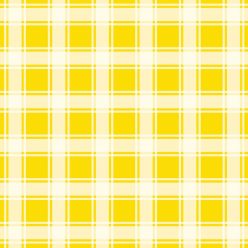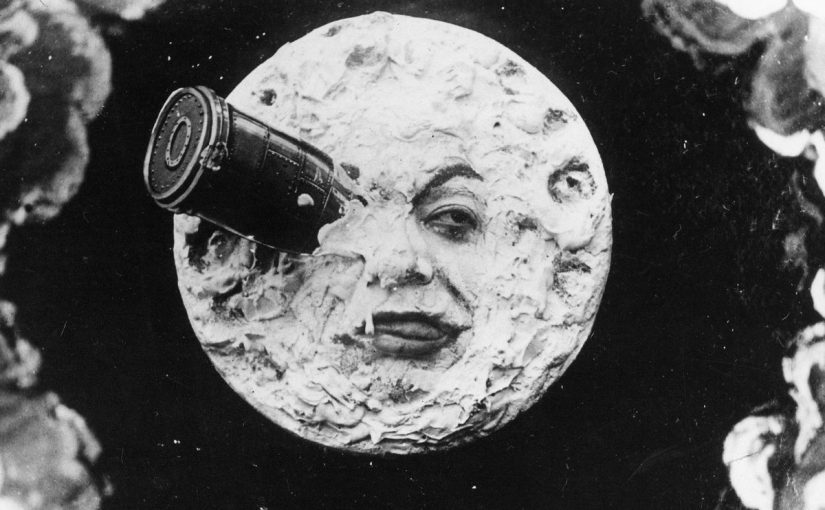G E O R G E S M É L I È S – L E V O Y A G E D A N S L A L U N E
I can’t recall when I first encountered Georges Méliès, but I was reintroduced to him and his works through the movie Hugo, which was directed by Martin Scorsese. I’m not entirely sure how accurate the information presented on Méliès was on the movie, but it did give quite a bit of insight of how Méliès was said to work. I felt that the reproductions of his sets and some behind the scenes of his films gave an apt visual to the documentation of his processes.
One of the forefronts for science fiction, Méliès started off as a magician, an illusionist. When he encountered the Lumiere Brothers’ film, which at that time showed only scenes of real life with motion, Méliès immediately saw its potential to experiment further. I feel that he brought over his interests from creating illusions in real life, to creating illusions on screen. This was novel at the time, and pushed the boundaries of filmmaking.
P E R C E P T U A L
A lot of Georges Méliès’s films are fantastical, they are fictional dreams brought into reality, with early VFX that brought what was once impossible into vision. He was already doing this in his performances as a magician, and his mind as an inventor helped him demonstrate his illusions, however the camera and film helped him bring his work to another level. He was able to have more control over the final piece, without the limitations of a live performance.
He cut the films and pasted them back together, pioneering film trickery, or effects as now known, he had crew to paint over each and every frame, he built a whole glass enclosed studio, he housed over 20 000 costumes, he was over the top and it was awesome.
Bringing his stories across, the viewers are able to enjoy the effects created, and their emotional states are invested since they are introduced to a new form of entertainment.
The films were not made with the point of replicating reality, so there is a fun element to it, with the expressions and body gestures of the actors amplifying the scenes with their interactions with the sets and props.
This is especially more so because the movies were silent, with no dialogue. Hence, the narrative had to be delivered through visuals and music alone.
A R C H I T E C T U R A L

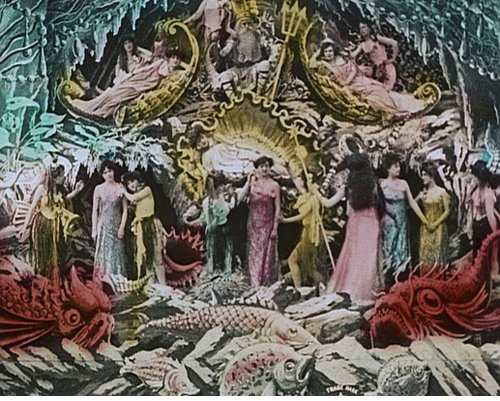
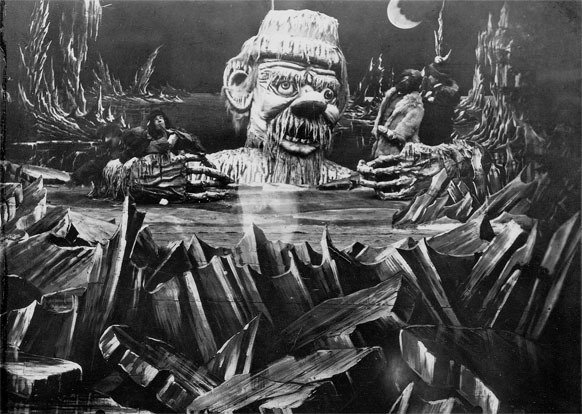
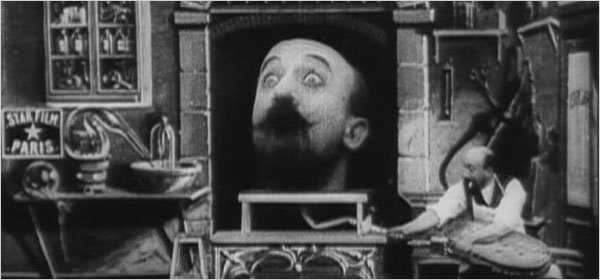
In his glass studio, he created elaborate sets that are many times almost dream-like. These are very similar to stage design. It is as if they were for stage performances and theatre, but recorded instead. These were what early sound stages were like. This way, he was able to explore the mise-en-scène and cinematography of his works.
In such a limited space, Méliès was able to create a sense of depth and volume by playing with planes and scale. By using elevated, depressed and overhead planes, he was able to redefine the space according to the kinds of settings he was going for. This creates a believable space in which the viewers could imagine the three dimensionality and the extension of the space beyond the frame.
C U L T U R A L
At the time, films were only starting to get popular after its invention. Even though the Lumière brothers stated that the cinema was an invention with no future, they were proved wrong as it has now developed into one of the most prominent mediums of expression in history, with advancements continuously being made and boundaries continuously broken and redefined.
I found this a good short read on the early start of cinema, and what the culture was like, defined by different takes by different artists, inventors and filmmakers.
In Le Voyage Dans La Lune, the culture of theatre and fantasies was showcased through the idea of heading towards the moon and finding extra terrestrial creatures.
I N T E R A C T I O N
While films do not create an immersive physical space for the viewers, I think that when done right, it could create an immersive mental space, when viewers are engaged in the film and can feel themselves in it. I think that Georges Méliès was able to do this in this film, as he made people and sets and movements that were understandable and relatable.
I also feel that the sense of wonder also creates another effect that engages the audience’s imagination, just like how one could be engaged through the words in a book.
